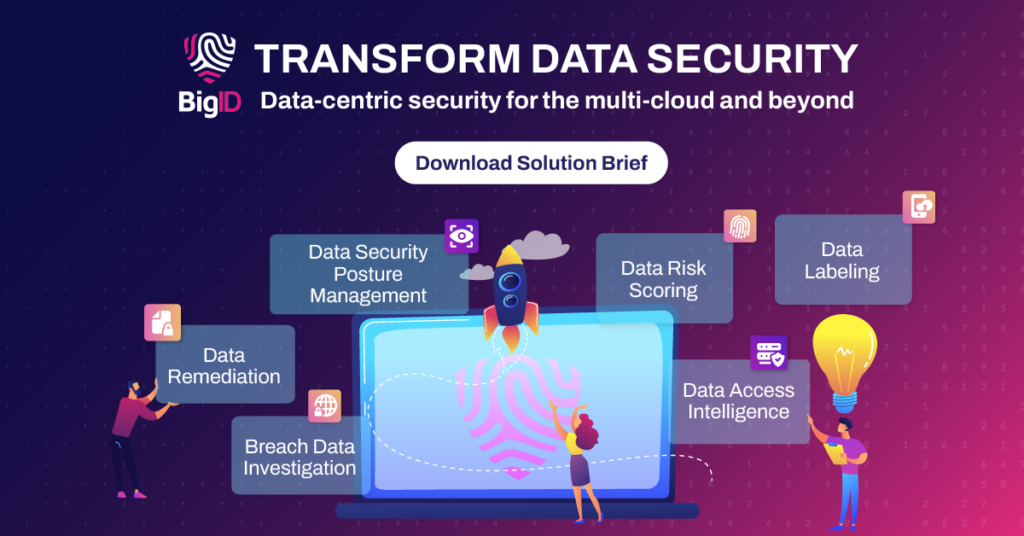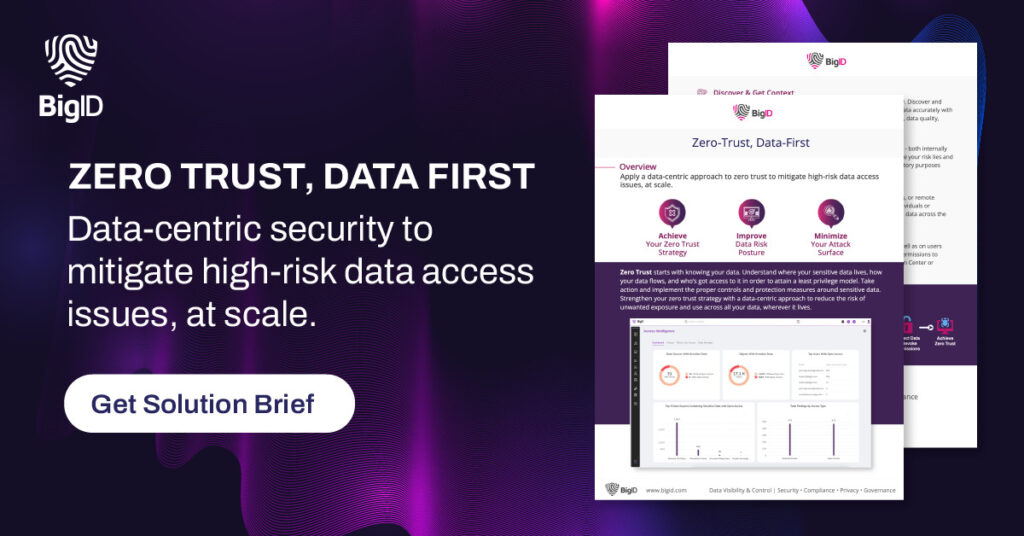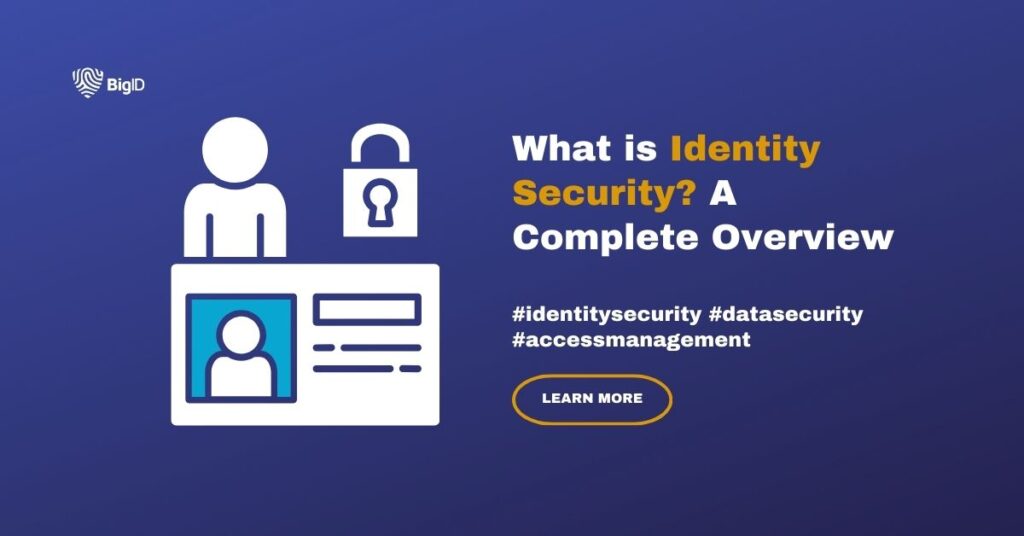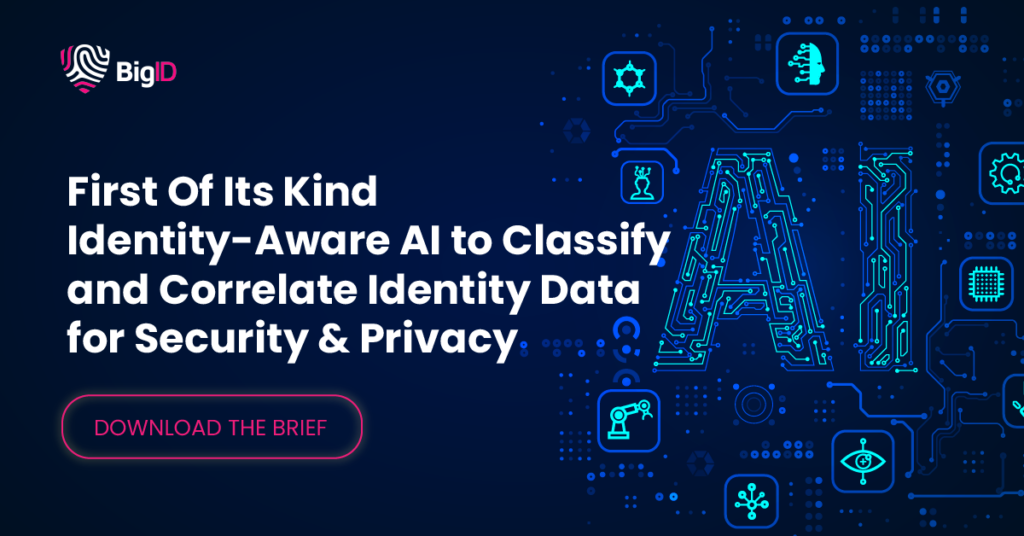Identity Security in the Digital Age: Protecting Personal and Organizational Data
Want to adopt a fully comprehensive cybersecurity strategy? Identity security is a key part of the puzzle. The sheer amount of data handled by businesses, as well as the increasing sophistication of cyber threats, means that protecting identity data (and protecting it well) has never been more important.
But what exactly is identity security, and why is it important? We’ll provide insight on what challenges you’ll face in today’s data landscape, as well as explaining the concept of zero trust in identity security, and offering proactive approaches to safeguarding identity data.
What is Identity Security?
Identity security refers to the processes and technologies used to protect personal and organizational identities from unauthorized access, misuse, or theft. This encompasses the protection of sensitive information such as usernames, passwords, social security numbers, and biometric data. Effective identity security ensures that only authorized individuals can access specific resources, thereby preventing identity theft or fraud, and data breaches.
Modern identity security helps organizations defend against evolving threats through security controls, identity threat detection and response, and robust identity management practices.
Why is Identity Security Important?
There are many reasons why identity security is important:
- Protecting Personal Information: As individuals, our identities are tied to sensitive personal data that can be exploited if compromised.
- Safeguarding Organizational Assets: For businesses, the identities of employees and customers are tied to important systems and data. Unauthorized access can hurt your reputation and cost you a lot of money.
- Compliance and Regulations: Laws like GDPR, CCPA, and HIPAA require strict measures to protect people’s identities. This makes compliance a major reason for strong identity security practices.

Identity Security Challenges and Common Identity Threats
Identity security faces substantial challenges because data volumes are growing quickly and data environments are getting more complicated.
- Data Silos: Having disparate data systems can make it hard to manage and protect identity data in a consistent way.
- Increased Attack Surface: The rise of digital services, cloud computing, and remote work has made it easier for cybercriminals to get in.
- Sophisticated Threats: Cybercriminals are using advanced techniques such as phishing, social engineering, and malware to compromise identities.
The Four Identity Security Principles
There are four principles of identity security, often known as the “four A’s”. Together, they form the foundation of an effective identity security strategy, ensuring that the right people have access at the right time.
Authenticate
First, you need to verify that a user is who they say they are before allowing them to access your systems or data. What does this involve? Usually, passwords, multi-factor authentication (MFA), biometrics, or single sign-on (SSO) solutions are involved. These authentication methods reduce the risk of compromised credentials and unauthorized access.
Authorize
Once you’ve been assured of a user’s identity, authorization revolves around controlling what they are or are not allowed to do. In a strong security framework, individuals should only be able to access the data and systems that are strictly necessary for their role. This is known as the principle of least privilege and helps to minimize potential security risks.
Administer
Administration involves managing and monitoring user identities and access rights throughout their lifecycle. For example, you’ll need to onboard new users and update permissions as roles change, as well as promptly revoking access when it’s no longer needed. Effective identity governance and administration helps maintain compliance and reduces insider threats.
Audit
Lastly, visibility is very important in identity security. Who accessed what, when. and how? Monitoring this is known as auditing. It involves regularly reviewing access logs to help detect suspicious behavior or vulnerabilities, and demonstrate compliance with data protection regulations.
Components of Identity Protection and Security
Key components of identity security include:
- Zero trust
- Privileged access management
- Data protection
- Identity governance
- Identity security posture management
Zero Trust and Identity Security
Zero trust is a security model that operates on the principle of “never trust, always verify.” It differs from traditional security models by assuming that threats can exist both outside and inside the network, requiring continuous verification of identities and access privileges.
Types of Zero Trust for Identity Security
- Identity and Access Management (IAM): Makes sure that only users who have been verified and given permission can access certain resources.
- Multi-Factor Authentication (MFA): A security feature that requires users to prove their identity in more than one way.
- Least Privilege Access: This means that users can only access the parts of the system that they really need to do their jobs.
- Behavioral Analytics: Looks at how users act and analyzes for strange patterns that could mean an identity has been compromised.

Identity and Access Management: The Principle of Least Privilege
The principle of least privilege (PoLP) is a key idea in cybersecurity that says users should only be given the access (or permissions) they need to do their jobs. PoLP lowers the risk of unauthorized access or accidental exposure of sensitive data by limiting access rights. This makes the attack surface smaller.
How PoLP Enhances Identity Security
- Limits Attack Surface: PoLP limits access to only what is necessary, so even if an attacker gets into a user account, they won’t be able to do much damage to the system.
- Lowers the Risk of Insider Threats: Employees and contractors can be big insider threats, either deliberately or by human error. PoLP helps lower these risks by making sure that users can’t get to data or systems that aren’t necessary for their jobs.
- Prevents Lateral Movement: If there is a security breach, PoLP makes it harder for attackers to move laterally within the network, which limits the damage caused by the breach.
- Helps With Compliance: Strict access controls are required by many regulations, like HIPAA and GDPR. Implementing PoLP helps businesses meet these compliance requirements by making sure that only authorized people can access sensitive data.
Protecting Identity Data from Compromise
Organizations should use a mix of technical security measures and policies, in addition to user education, to keep identity data safe:
- Strong Authentication Methods: Use MFA and biometrics to make login processes safer.
- Regular Audits and Monitoring: Check access logs on a regular basis and keep an eye out for strange behavior.
- Data Encryption: Encrypt sensitive identity data both in transit and at rest to prevent unauthorized access.
- Security Awareness Training: Educate employees and users about the importance of identity security and safe online practices.
Proactive Approaches to Achieving Efficient Digital Identity Security
- Implement a Zero Trust Architecture: Adopt a zero trust security approach to continuously verify and monitor access requests.
- Automate Identity Governance: Use automated tools to manage user identities, roles, and access rights efficiently.
- Adopt Robust IAM Solutions: Invest in comprehensive IAM solutions that offer centralized control and visibility over identity data.
- Stay Updated with Threat Intelligence: Keep abreast of the latest cybersecurity threats and trends to proactively defend against potential attacks.
- Regularly Update Security Policies: Ensure that security policies are up-to-date and reflect the current threat landscape.
- Empower Security Teams: Ensure security teams have the visibility and security tools needed to detect and respond to identity-based threats quickly.
Benefits of Identity Security Work
When identity security practices are effective, they don’t just prevent threats. They also deliver a range of other benefits that strengthen your business’s resilience and increase trust.
Better User Experience
Identity security methods often make authentication methods smoother, for example with single sign-on (SSO) and MFA. This improves convenience and productivity without compromising security.
Efficient Operations
Automation plays a big role in identity security, particularly in identity governance and access management. By reducing the manual workload involved in these tasks, and the human error that comes with this, workflows become more efficient and accurate.
Faster Incident Response
Robust identity frameworks allow faster detection and remediation of breaches or suspicious activity.
Improved Trust and Reputation
When customers and employees know that you have strong identity security in place, they’re more likely to trust you and continue using your products or services. That confidence builds long-term loyalty and reinforces your reputation as a reliable and security-conscious organization.
Reduced Costs from Breaches
Data breaches, and the fines and downtime that come with them, are often very costly. But preventing unauthorized access greatly reduces the risk of this happening, therefore lowering the financial impact.
Scalability and Future-Readiness
Modern identity solutions are adaptable and support cloud environments, remote work, and evolving digital infrastructures. As you expand and adopt new technologies, scalable identity systems provide consistent protection and flexibility to meet future demands.
BigID’s Identity Security Solution
Identity security is an essential aspect of protecting both personal and organizational data in an increasingly digital world. BigID is the industry leading platform for identity aware data security, privacy, compliance, and AI data management by leveraging advanced AI and machine learning to give businesses the visibility into their data they need.
With BigID organizations can:
- Know Your Data: Automatically classify, categorize, tag, and label sensitive data with unmatched accuracy, granularity, and scale.
- Improve Data Security Posture: Proactively prioritize and target data risks, expedite SecOps, and automate DSPM.
- Remediate Data Your Way: Centrally manage data remediation – delegate to stakeholders, open tickets, or make API calls across your stack.
- Enable Zero Trust: Reduce overprivileged access & overexposed data, and streamline access rights management to enable zero trust.
- Mitigate Insider Risk: Proactively monitor, detect, and respond to unauthorized internal exposure, use, and suspicious activity around sensitive data.
- Reduce Your Attack Surface: Shrink the attack surface by proactively eliminating unnecessary, non-business critical sensitive data.
To see how BigID can help your organization start implementing a scalable security solution that works for you— get a 1:1 demo with our data experts today.



